Ocrim1967 - Senza Titolo










More Posts from Ocrim1967 and Others

Pulsar planets are planets that are found orbiting pulsars, or rapidly rotating neutron stars. The first such planet to be discovered was around a millisecond pulsar and was the first extrasolar planet to be confirmed as discovered.
source


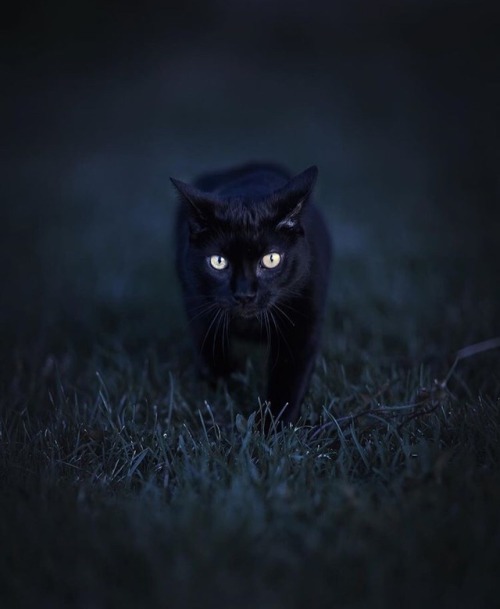

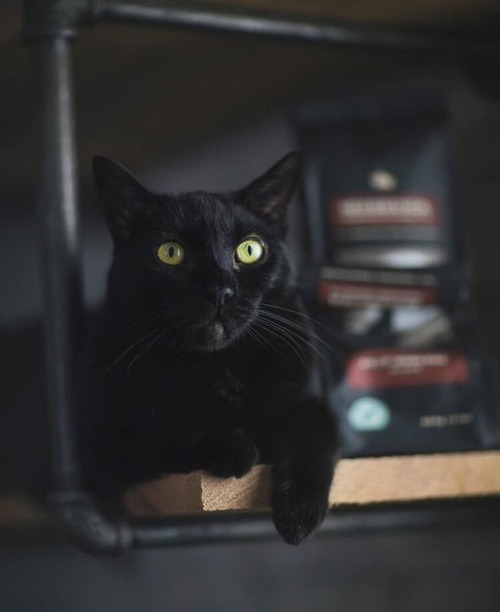
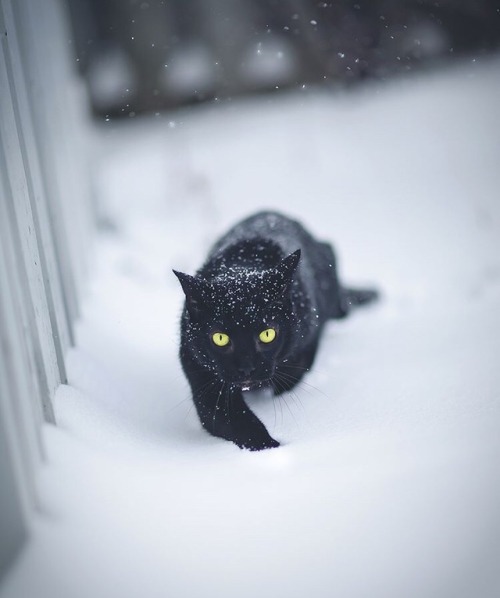



(Source)

The Top 8 Social Media Trends to Watch Out For #Infographic










NASA Astronauts And Satellites Capture Breathtaking Images Of An Awakening Volcano From Space
“Volcanoes are some of the most fascinating but also dangerous and deadly natural disasters. Fortunately, with appropriate monitoring, they’re one of the most easily mitigated classes of disasters as well. There are approximately 1,500 potentially active volcanoes on Earth at any time, which doesn’t include undersea volcanoes that have not reached the surface or inactive ones that might surprise us.
Only by continuously monitoring the entire Earth at the appropriate resolutions and cadences can we hope to truly minimize the risk to human life and property. Attempts to cut back on this endeavor harm and endanger us all, while an awareness and appreciation for what Earth observing brings us is our greatest asset. May the beauty of these pictures point the way to the most important truth: that comprehensive knowledge and more information are absolutely key to optimally navigating the challenges of being human on our living planet Earth.”
Just a few days ago, on June 22, 2019, a volcano that hadn’t erupted in nearly a century suddenly sprang to life, belching out waves of ash and volcanic gas high into the stratosphere and posing severe threats to nearby life. But far more at-risk were airplanes, which routinely fly through the region where volcanic ash particles were spewed by this eruption. Due to our full suite of Earth observatories, with an assist from astronauts aboard the International Space Station and ground-based monitoring, we were able to minimize the danger and avoid significant damage. Without NASA’s commitment to Earth monitoring, a commitment that’s continually fighting off attempted cuts, mitigating the risks of volcanic eruptions would be hamstrung by humanity’s greatest danger: willful ignorance.
Come take a look at the spectacular story of the recent eruption of Raikoke volcano, and learn why Earth observing is so important in the process!
A Tiny Satellite Studies Stormy Layers

The gif above shows data taken by an experimental weather satellite of Hurricane Dorian on September 3, 2019. TEMPEST-D, a NASA CubeSat, reveals rain bands in four layers of the storm by taking the data in four different radio frequencies. The multiple vertical layers show where the most warm, wet air within the hurricane is rising high into the atmosphere. Pink, red and yellow show the areas of heaviest rainfall, while the least intense areas of rainfall are in green and blue.
How does an Earth satellite the size of a cereal box help NASA monitor storms?

The goal of the TEMPEST-D (Temporal Experiment for Storms and Tropical Systems Demonstration) mission is to demonstrate the performance of a CubeSat designed to study precipitation events on a global scale.
If TEMPEST-D can successfully track storms like Dorian, the technology demonstration could lead to a train of small satellites that work together to track storms around the world. By measuring the evolution of clouds from the moment of the start of precipitation, a TEMPEST constellation mission, collecting multiple data points over short periods of time, would improve our understanding of cloud processes and help to clear up one of the largest sources of uncertainty in climate models. Knowledge of clouds, cloud processes and precipitation is essential to our understanding of climate change.
What is a CubeSat, anyway? And what’s the U for?
CubeSats are small, modular, customizable vessels for satellites. They come in single units a little larger than a rubix cube - 10cmx10cmx10cm - that can be stacked in multiple different configurations. One CubeSat is 1U. A CubeSat like TEMPEST-D, which is a 6U, has, you guessed it, six CubeSat units in it.

Pictured above is a full-size mockup of MarCO, a 6U CubeSat that recently went to Mars with the Insight mission. They really are about the size of a cereal box!
We are using CubeSats to test new technologies and push the boundaries of Earth Science in ways never before imagined. CubeSats are much less expensive to produce than traditional satellites; in multiples they could improve our global storm coverage and forecasting data.
Make sure to follow us on Tumblr for your regular dose of space: http://nasa.tumblr.com
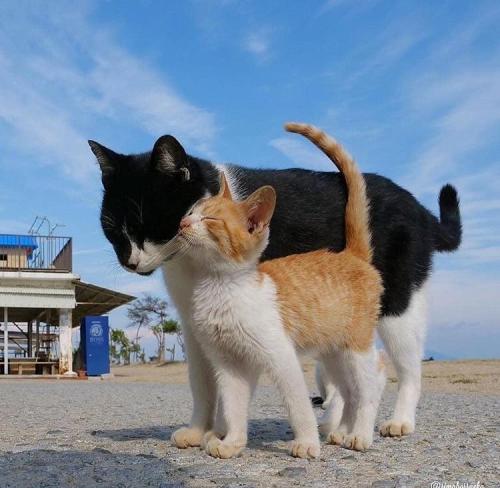
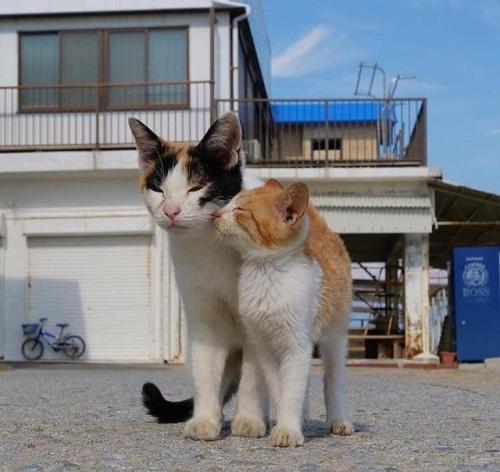
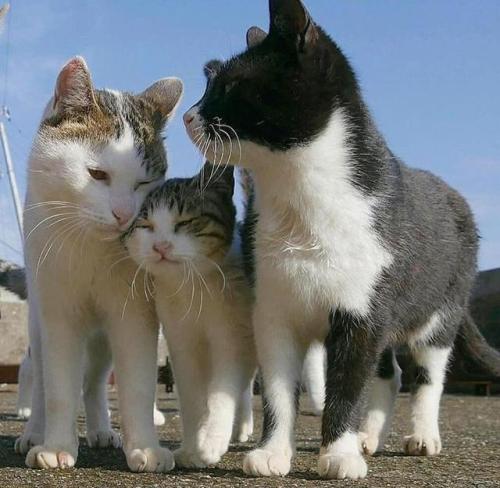
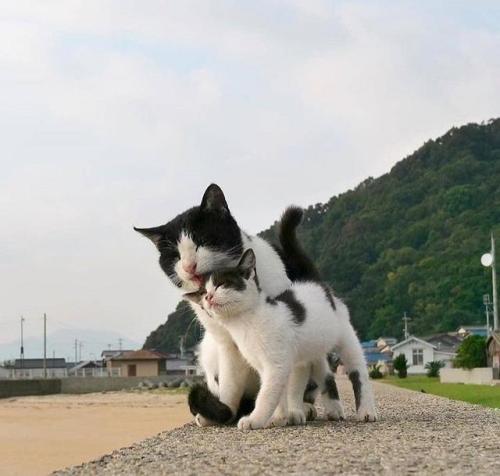

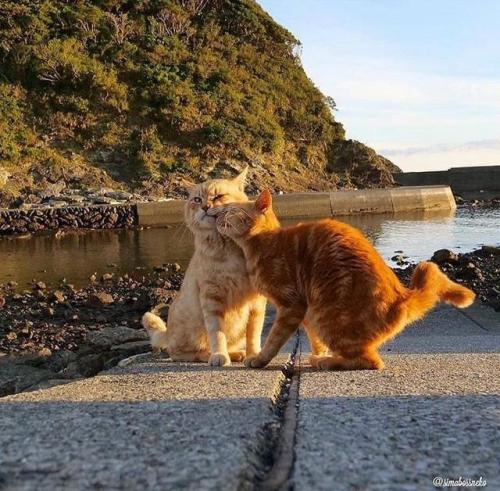
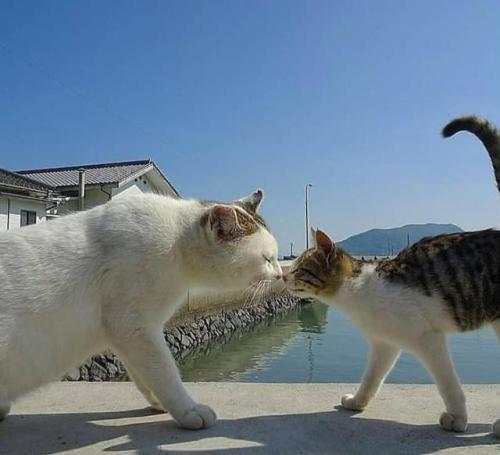
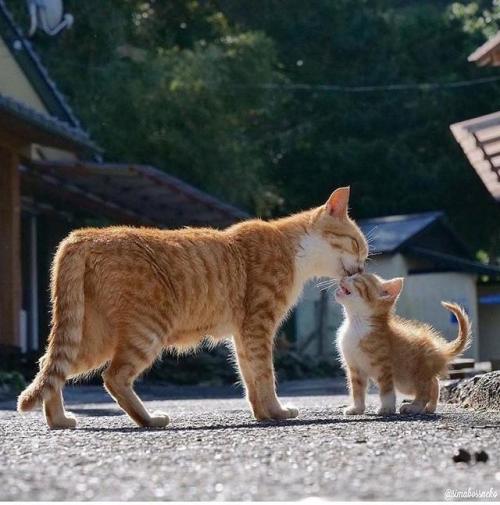
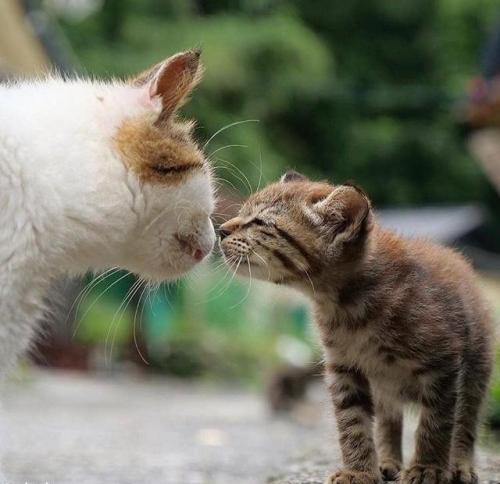
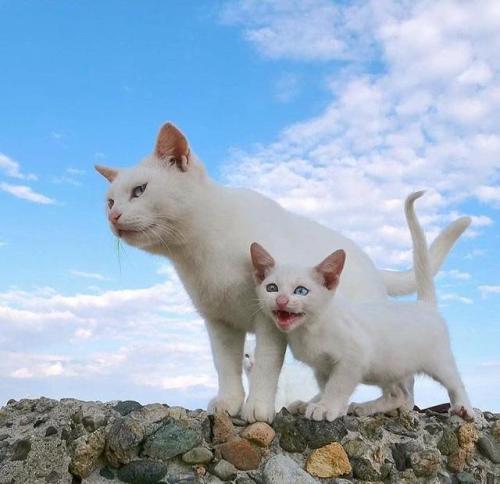
(Source)
Throwback Thursday: Apollo 11 FAQ Edition

With the help of the NASA History Office, we’ve identified some of the most frequently asked questions surrounding the first time humans walked on the surface of another world. Read on and click here to check out our previous Apollo FAQs.
How many moon rocks did the Apollo crews bring back? What did we learn?

The six crews that landed on the Moon brought back 842 pounds (382 kilograms) of rocks, sand and dust from the lunar surface. Each time, they were transferred to Johnson Space Center’s Lunar Receiving Laboratory, a building that also housed the astronauts during their three weeks of quarantine. Today the building now houses other science divisions, but the lunar samples are preserved in the Lunar Sample Receiving Laboratory.
Built in 1979, the laboratory is the chief repository of the Apollo samples.

From these pieces of the Moon we learned that its chemical makeup is similar to that of Earth’s, with some differences. Studying the samples has yielded clues to the origins of the solar system. In March of 2019, we announced that three cases of pristine Moon samples will be unsealed for the first time in 50 years so that we can take advantage of the improved technology that exists today!
Did you know you might not have to travel far to see a piece of the Moon up close? Visit our Find a Moon Rock page to find out where you can visit a piece of the Moon.
What did Apollo astronauts eat on their way to the Moon?

Astronaut food has come a long way since the days of Project Mercury, our first human spaceflight program that ran from 1958-1963. Back then, astronauts “enjoyed” food in cube form or squeezed out of tubes. Early astronaut food menus were designed less for flavor and more for nutritional value, but that eventually shifted as technology evolved. Astronauts today can enjoy whole foods like apples, pizza and even tacos.
Apollo crews were the first to have hot water, making it easier to rehydrate their foods and improve its taste. They were also the first to use a “spoon bowl,” a plastic container that was somewhat like eating out of a Ziploc bag with a spoon. Here’s an example of a day’s menu for a voyage to the Moon:
Breakfast: bacon squares, strawberry cubes and an orange drink.
Lunch: beef and potatoes, applesauce and a brownie.
Dinner: salmon salad, chicken and rice, sugar cookie cubes and a pineapple grapefruit drink.
What did Michael Collins do while he orbited the Moon, alone in the Command Module?

As Neil Armstrong and Buzz Aldrin worked on the lunar surface, Command Module pilot Michael Collins orbited the Moon, alone, for the next 21.5 hours. On board he ran systems checks, made surface observations and communicated with Mission Control when there wasn’t a communications blackout. Blackouts happened every time Collins went behind the Moon. In 2009, Collins wrote this in response to a flurry of media questions about the 40th anniversary of the mission:
Q. Circling the lonely Moon by yourself, the loneliest person in the universe, weren’t you lonely? A. No. Far from feeling lonely or abandoned, I feel very much a part of what is taking place on the lunar surface. I know that I would be a liar or a fool if I said that I have the best of the three Apollo 11 seats, but I can say with truth and equanimity that I am perfectly satisfied with the one I have. This venture has been structured for three men, and I consider my third to be as necessary as either of the other two.”
What will Artemis astronauts bring back when they land on the Moon?

Artemis missions to the Moon will mark humanity’s first permanent presence on another world. The first woman and the next man to explore the lunar surface will land where nobody has ever attempted to land before – on the Moon’s south pole where there are billions of tons of water ice that can be used for oxygen and fuel. We don’t know yet what astronauts will bring back from this unexplored territory, but we do know that they will return with hope and inspiration for the next generation of explorers: the Artemis generation. Make sure to follow us on Tumblr for your regular dose of space: http://nasa.tumblr.com.
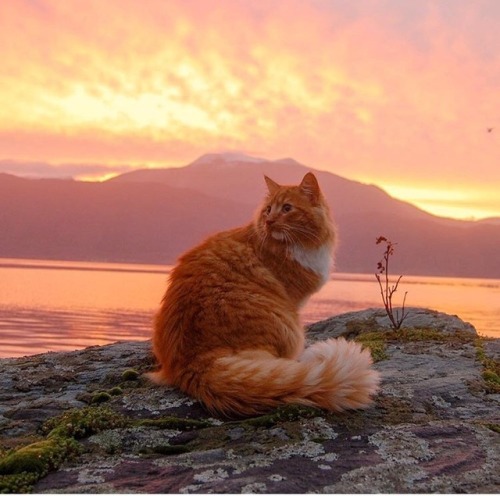









🐱:(source)
Scientists push back against Harvard 'alien spacecraft' theory

This photo released by the European Southern Observatory on November 20, 2017 shows an artist’s impression of the first interstellar object known to enter our solar system: ‘Oumuamua
A scientific paper led by two researchers at Harvard University made a splash this week by claiming that a cigar-shaped rock zooming through our solar system may have been sent by aliens.
The researchers noted in a pre-print of the article that it was an “exotic scenario,” but that “Oumuamua may be a fully operational probe sent intentionally to Earth vicinity by an alien civilization.”
Oumuamua, the first interstellar object known to enter our solar system, accelerated faster away from the Sun than expected, hence the notion that some kind of artificial sail that runs on sunlight—known as a light sail—may have helped push it through space.
“Currently there is an unexplained phenomena, namely, the excess acceleration of Oumuamua, which we show may be explained by the force of radiation pressure from the sun,” co-author and Harvard astrophysicist Shmuel Bialy told AFP via email Tuesday.
“However this requires the body to have a very large surface and be very thin, which is not encountered in nature.”
Their suggestion of an alien force at work went viral.
But other astronomy experts aren’t buying it.
“Like most scientists, I would love there to be convincing evidence of alien life, but this isn’t it,” said Alan Fitzsimmons, an astrophysicist at Queens University, Belfast.
“It has already been shown that its observed characteristics are consistent with a comet-like body ejected from another star system,” he told AFP.
“And some of the arguments in this study are based on numbers with large uncertainties.”
Read more ~ phys.org

A photo released by the European Space Agency on June 27, 2018 shows an artist’s impression of ‘Oumuamua Editor’s note: Any cometary outgassing required to provide acceleration would have been detectable. None detected. What kills the alien probe theory for me is it’s velocity. Fast enough to buzz through the solar system without being snared by the sun but WAY too slow for practical interstellar travel although it’s trajectory put it on a nice path for exploration.

Credit : NASA - https://www.nasa.gov/feature/jpl/small-asteroid-or-comet-visits-from-beyond-the-solar-system, Public Domain, https://commons.wikimedia.org/w/index.php?curid=64030370







Asperitas and Mammatus
Well-defined, wave-like structures in the underside of the cloud; more chaotic and with less horizontal organization than the variety undulatus. Asperitas is characterized by localized waves in the cloud base, either smooth or dappled with smaller features, sometimes descending into sharp points, as if viewing a roughened sea surface from below. Varying levels of illumination and thickness of the cloud can lead to dramatic visual effects.
Occurs mostly with Stratocumulus and Altocumulus
Mammatus is a cellular pattern of pouches hanging underneath the base of a cloud, typically cumulonimbus rainclouds, although they may be attached to other classes of parent clouds.
source | source | images: x, x, x, x, x, x, x
-
 shantalangel reblogged this · 5 months ago
shantalangel reblogged this · 5 months ago -
 shantalangel liked this · 5 months ago
shantalangel liked this · 5 months ago -
 monechka9450 liked this · 1 year ago
monechka9450 liked this · 1 year ago -
 8vni liked this · 1 year ago
8vni liked this · 1 year ago -
 whoremccall liked this · 1 year ago
whoremccall liked this · 1 year ago -
 youandiarelost1 liked this · 1 year ago
youandiarelost1 liked this · 1 year ago -
 tisimoi liked this · 1 year ago
tisimoi liked this · 1 year ago -
 loliiiitax liked this · 1 year ago
loliiiitax liked this · 1 year ago -
 reigotico reblogged this · 1 year ago
reigotico reblogged this · 1 year ago -
 denizinmaviligineasikolan liked this · 1 year ago
denizinmaviligineasikolan liked this · 1 year ago -
 sergin-noob liked this · 1 year ago
sergin-noob liked this · 1 year ago -
 thedeactivated liked this · 1 year ago
thedeactivated liked this · 1 year ago -
 brokenwings3 liked this · 1 year ago
brokenwings3 liked this · 1 year ago -
 yadira0303 liked this · 1 year ago
yadira0303 liked this · 1 year ago -
 almadosol reblogged this · 1 year ago
almadosol reblogged this · 1 year ago -
 luvvstheworld liked this · 1 year ago
luvvstheworld liked this · 1 year ago -
 lleft reblogged this · 1 year ago
lleft reblogged this · 1 year ago -
 lleft liked this · 1 year ago
lleft liked this · 1 year ago -
 hubrishelps liked this · 1 year ago
hubrishelps liked this · 1 year ago -
 carleighrose liked this · 1 year ago
carleighrose liked this · 1 year ago -
 phillylooney2017 liked this · 1 year ago
phillylooney2017 liked this · 1 year ago -
 veuscalexprovme liked this · 1 year ago
veuscalexprovme liked this · 1 year ago -
 allonsyblue liked this · 1 year ago
allonsyblue liked this · 1 year ago -
 envaleapelfbrys liked this · 1 year ago
envaleapelfbrys liked this · 1 year ago -
 coatrasliscapig liked this · 1 year ago
coatrasliscapig liked this · 1 year ago -
 charlesmansonatwar liked this · 1 year ago
charlesmansonatwar liked this · 1 year ago -
 tripoglinews liked this · 1 year ago
tripoglinews liked this · 1 year ago